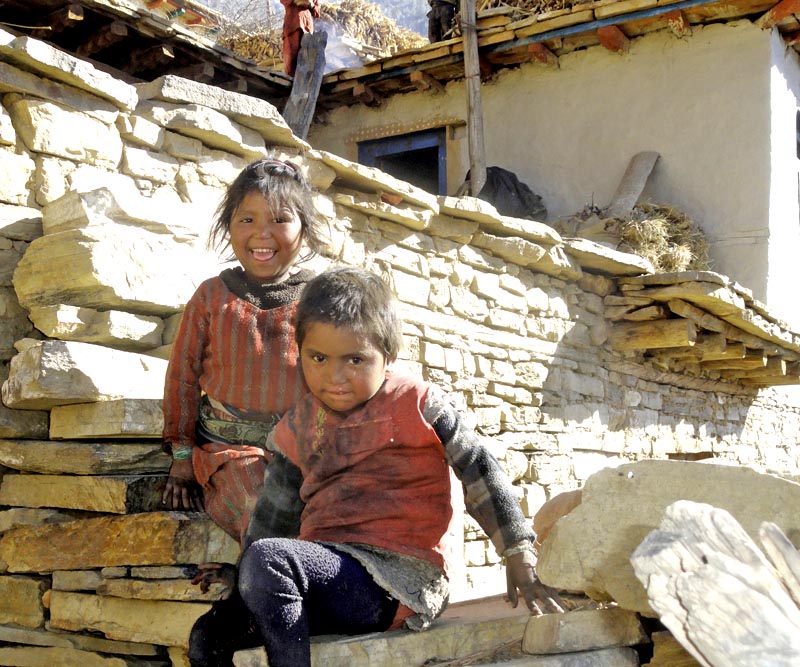COVID-19 pushes more children into poverty
KATHMANDU, SEPTEMBER 24
The number of children living in multi-dimensional poverty has soared to approximately 1.2 billion due to the impact of the COVID-19 pandemic, according to a new analysis published by UNICEF and Save the Children today.
This is a 15 per cent increase in the number of children living in deprivation in low and middle-income countries, or an additional 150 million children since the pandemic hit earlier this year.
In Nepal, COVID-19 has seriously impacted child poverty where children have been bearing the burden of poverty disproportionately. The number of children living in poverty rose from an estimated 1.3 million before the pandemic to about seven million in August.
Many of those children have been suffering from multiple deprivations that include lack of access to nutritious food and education.
The multi-dimensional poverty analysis uses data on access to education, healthcare, housing, nutrition, sanitation and water from more than 70 countries.
Around 45 per cent of children were severely deprived of at least one of those critical needs in the countries analysed before the pandemic, read a joint statement issued by UNICEF and Save the Children from Kathmandu, New York and London.
Although the analysis paints a bleak picture of children, UNICEF warned that the situation would worsen in the months to come. “COVID-19 and the lockdown measures imposed to prevent its spread have pushed millions of children deeper into poverty,” said Henrietta Fore, UNICEF executive director. “Families on the cusp of escaping poverty have been pulled back in, while others are experiencing levels of deprivation they have never seen before. We are closer to the beginning of this crisis than its end.”
Although measures of monetary poverty such as household income are important, they provide only a partial view of the plight of children living in poverty. This also points to the need to implement multi-sectoral policies addressing health, education, nutrition, water and sanitation and housing deprivations to end multi-dimensional poverty.
According to the statement, social protection, inclusive fiscal policies, investment in social services, and employment and labour market interventions to support families are critical to lifting children out of poverty and preventing further devastation. This includes expanding access to quality healthcare, providing tools and technology needed for children to continue their education remotely and investing in family-friendly policies such as paid leave and childcare.
“This pandemic has already caused the biggest global education emergency in history and the increase in poverty will make it very hard for the most vulnerable children and their families to make up for the loss”, said Inger Ashing, chief executive officer of Save the Children. “Children, who lose out on education are more likely to be forced into child labour or early marriage and be trapped in a cycle of poverty for years to come. We cannot afford to let a whole generation of children become victims of this pandemic. National governments and the international community must step up to soften the blow.”
There are not only more children experiencing poverty than before, the poorest children are getting poorer as well, according to the report. Some children may suffer from one or more deprivations and others experience none at all.
Therefore the average number of deprivations suffered per child can be used to assess poverty among children.
Feature image: File
A version of this article appears in e-paper on September 25, 2020, of The Himalayan Times.






